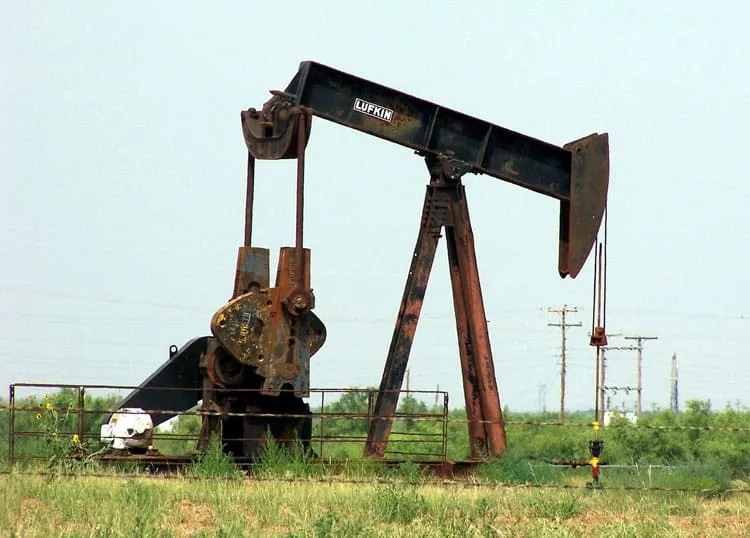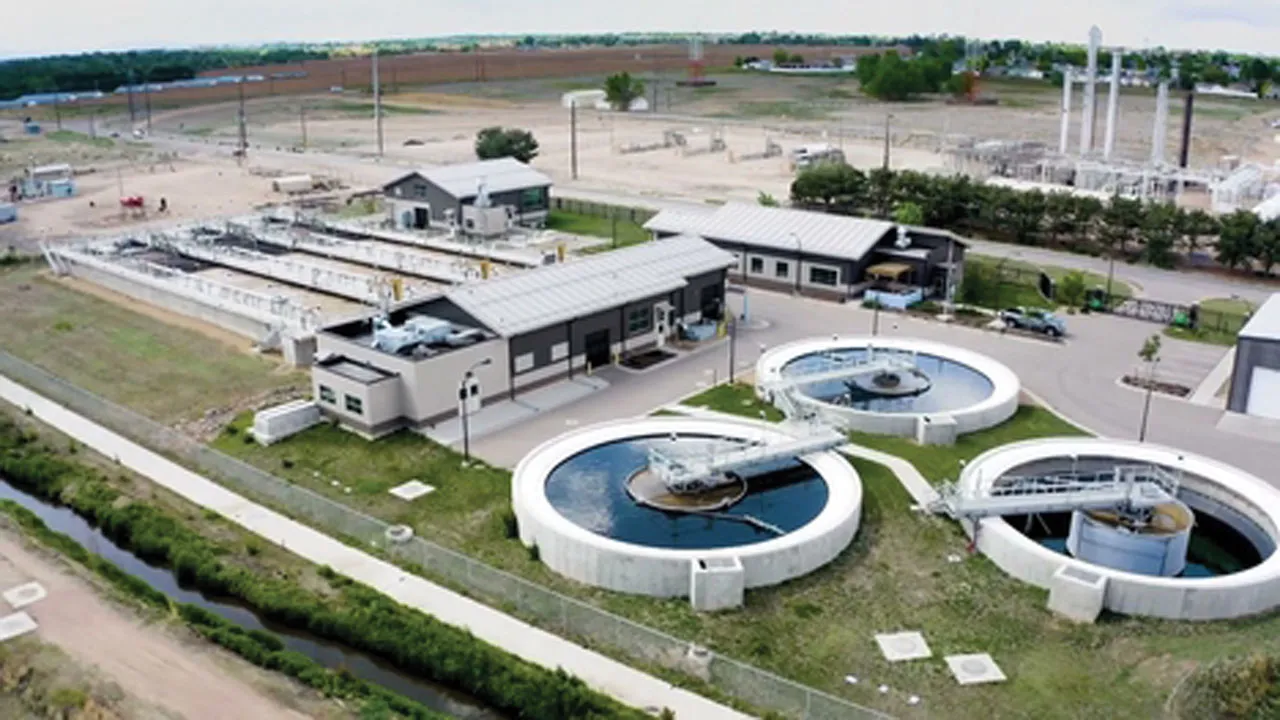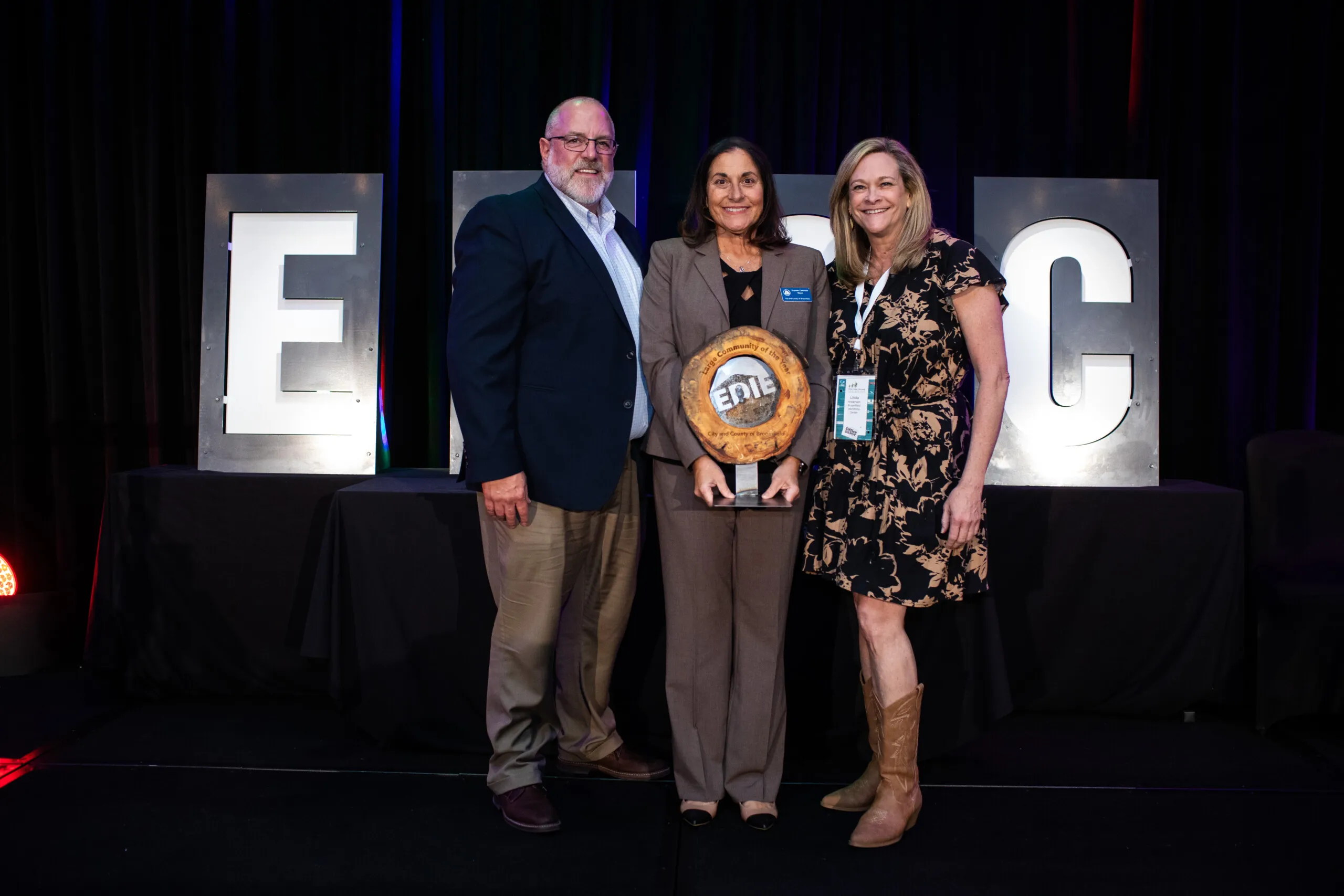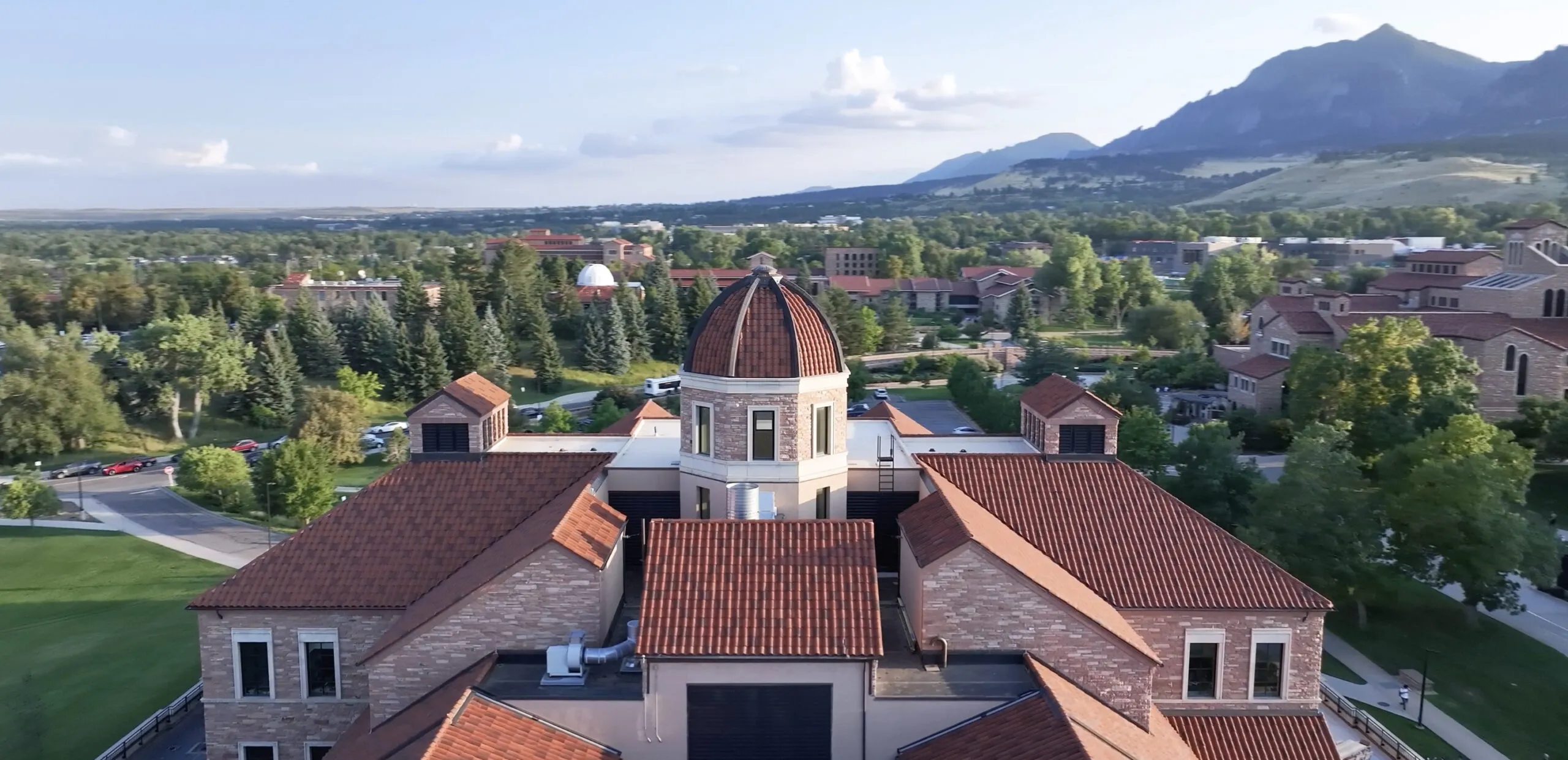Study: Costs mount as O&G setbacks exceed 1,500 feet

BOULDER and GOLDEN — Increasing setbacks between oil wells and buildings or waterways result in modest cost increases and revenue losses for the oil and gas industry up to about 1,500 feet, but escalate rapidly as setbacks go beyond that distance, according to a new report.
Researchers at the University of Colorado Boulder and the Colorado School of Mines at Golden determined that an annual resource revenue loss of about $4.5 billion per year would result if the setback distance was 2,500 feet, which is what Proposition 112 would have required if it had passed in 2018; it failed with 55% of voters against.
“The steep increase in costs at certain setback distances was remarkable,” Daniel Kaffine, study co-author and professor of economics at CU Boulder, said of the study results. “In some counties, increasing the setback just 500 feet had major consequences in terms of accessible oil and gas.”
SPONSORED CONTENT
The Colorado Oil and Gas Conservation Commission is considering a new round of regulations, which could change setback distances or introduce new considerations, such as environmental impacts on neighbors. The latest proposal would require 2,000-foot setbacks.
Researchers used geographical information systems and publicly available data to measure the impact of increasing oil and gas production setback distances on oil and gas availability. They specifically looked at Colorado as a case study.
“Oil and gas setbacks are a controversial way of keeping households safe. Some environmental groups have advocated increasing setbacks to increase health and safety,” said Maniloff. “What we show in this paper is how the costs stack up as those setbacks increase.”
Colorado law currently mandates oil and gas setbacks ranging from 500 to 1,000 feet, depending on the type of resources or developments nearby. The researchers found Colorado would lose about $550 million in annual resource revenues, roughly 0.1% of the state’s gross domestic product, by requiring oil and gas setbacks of 1,500 feet, compared with $4.5 billion at 2,500 feet.
“Colorado’s Proposition 112 ballot initiative was the main catalyst for looking into this, particularly when we realized that existing research on setbacks was extremely limited,” said Kaffine. “Setbacks offer a way to balance health and safety concerns against foregone economic benefits from oil and gas development. This work can help policymakers make better decisions for Coloradans.”
The subject is complicated because building density varies widely across the state. Weld County produces most of the oil produced in Colorado, and its population density in some areas would inhibit new surface wells in large areas as the setback distance increases.
The report’s authors noted that use of horizontal drilling gives producers the ability to continue to extract oil and gas even with greater setbacks. But there are limits.
The study used horizontal drilling distances of two miles in many of the calculations. “Without horizontal drilling … only 26.3% of the subsurface resource would be accessible in Weld with a 1,500 setback. By contrast, with horizontal drilling of two-mile laterals … a substantially larger fraction of the subsurface resource, 98.5%, can be accessed,” the report said.
The authors said that even with today’s setbacks, very few wellheads exist within Greeley city limits, but much of the community “is underlain by horizontal wells.”
When setbacks increase to 2,500 feet, about a third of Colorado counties have at least 40% of their resources unavailable, the study said.
The first-of-its-kind study was co-authored by Kaffine; Sean Ericson, a CU Boulder economics graduate student; and Peter Maniloff, an assistant professor of economics at the Colorado School of Mines.
The report will be published in the November issue of academic journal Energy Policy.
© 2020 BizWest Media LLC
BOULDER and GOLDEN — Increasing setbacks between oil wells and buildings or waterways result in modest cost increases and revenue losses for the oil and gas industry up to about 1,500 feet, but escalate rapidly as setbacks go beyond that distance, according to a new report.
Researchers at the University of Colorado Boulder and the Colorado School of Mines at Golden determined that an annual resource revenue loss of about $4.5 billion per year would result if the setback distance was 2,500 feet, which is what Proposition 112 would have required if it had passed in 2018; it failed…
THIS ARTICLE IS FOR SUBSCRIBERS ONLY
Continue reading for less than $3 per week!
Get a month of award-winning local business news, trends and insights
Access award-winning content today!




